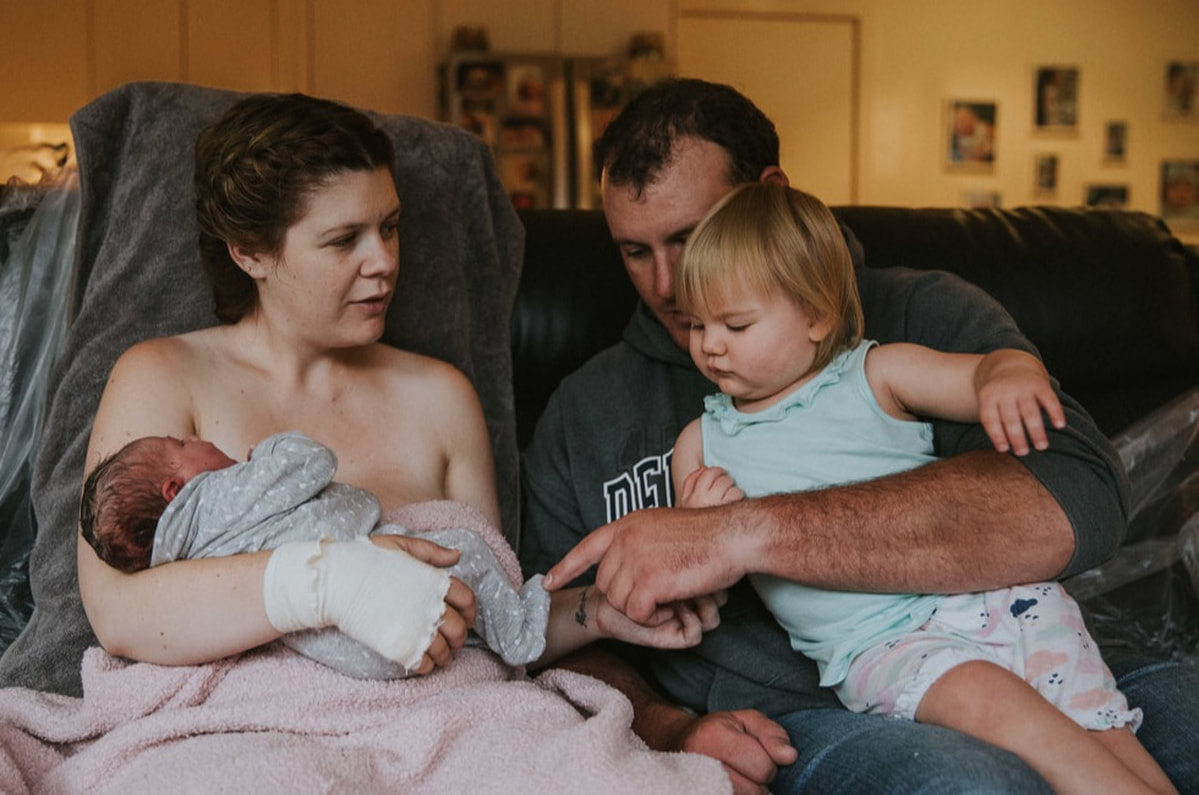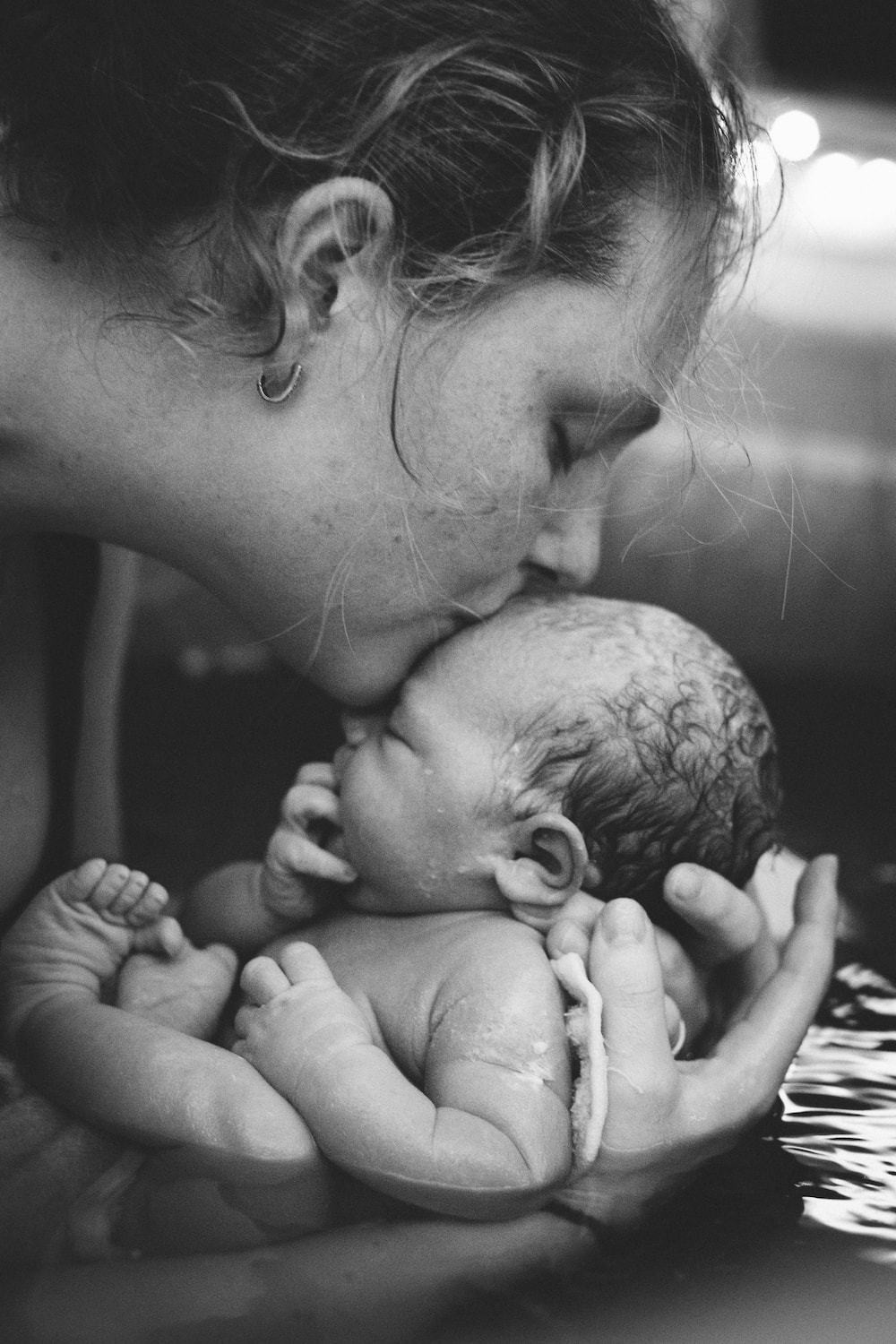Photo by Clay Banks on Unsplash
podcast: latest australian reseARch on home birth
PBB Media puts out a fab podcast, Pregnancy, Birth and Beyond and in this episode they speak with Dr Melanie Jackson, also lovingly known as Melanie the Midwife, on the latest in Australian Homebirth Research, continuity of maternity care and also, why women choose to birth outside the system.
The maternal and perinatal outcomes by planned place of birth in Australia 2000 – 2012 study can be found here.
The maternal and perinatal outcomes by planned place of birth in Australia 2000 – 2012 study can be found here.
homebirth reseARch
There is a wealth of quality evidence from around the world and right here in Australia supporting the safety of planned, assisted homebirth. Below we will outline some of this research as it pertains to Australian women accessing care in Australia today.
The most recent piece of research on homebirth (Reitsma et al., 2020) was a meta-analysis of 16 studies providing data on 500,000 planned homebirths. The study reported that among low-risk women, those intending to birth at home experienced fewer birth interventions and untoward maternal outcomes.
They found no reported maternal deaths and women intending to give birth at home compared to hospital were less likely to experience:
The above studies only considered low-risk women planning to birth at home, but Davies-Tuck and others (2018) compared outcomes of both low and high-risk women planning a home vs. hospital birth. Regardless of risk status, it was reported that planned homebirth was associated with significantly higher rates of spontaneous vaginal birth, significantly lower rates of all obstetric interventions and significantly lower perinatal and maternal morbidities. For high risk women, rates of perinatal mortality were higher for women planning to birth at home than in hospital (9.3/1000 vs. 3.5/1000), though both maternal and perinatal morbidities were less. For low risk women, there were no statistical differences in perinatal mortality rates between planned home vs. hospital birth.
In a large scale study of 5000 women planning a homebirth in the US and Canada, researchers found that outcomes for mothers and babies were the same as for low-risk mothers giving birth in hospitals, but with a fraction of the interventions. Planned home birth for low risk women using certified professional midwives is associated with lower rates of medical intervention, but with similar rates of mortality for newborn babies and mothers during birth to that of low risk hospital births.
The largest study on the safety of home birth that has ever been done was published in 2009. They analysed the births of all low risk women in the Netherlands (529,688) who delivered between Jan 1, 2000 and Dec 31, 2006. This study shows that planning a home birth does not increase the risks of perinatal mortality and severe perinatal morbidity among low-risk women, provided the maternity care system facilitates this choice through the availability of well-trained midwives and through a good transportation and referral system.
The Cochrane Collaboration, the largest and most reputable collection of evidence-based medicine reviews in the world, also recently published ground breaking evidence comparing midwifery-led care compared to other models of care (obstetric, general practitioner and shared care). The review of midwife-led care covered midwives providing care antenatally, during labour and postnatally. This was compared with models of medical-led care and shared care, and identified 11 trials involving a total of 12,276 women. Midwife-led care was associated with several benefits for mothers and babies, and had no identified adverse effects. Benefits for women in the midwife-led care include:
Overall there was no difference in the numbers of babies dying – though fewer appeared to die before 24 weeks under midwife care. None of the other major complications of pregnancy and birth were any different.
The recommendation of the reviewers was unequivocal: All women should be offered midwife-led models of care and women should be encouraged to ask for this option.
The most recent piece of research on homebirth (Reitsma et al., 2020) was a meta-analysis of 16 studies providing data on 500,000 planned homebirths. The study reported that among low-risk women, those intending to birth at home experienced fewer birth interventions and untoward maternal outcomes.
They found no reported maternal deaths and women intending to give birth at home compared to hospital were less likely to experience:
- caesarean section
- operative vaginal birth
- epidural analgesia
- oxytocin augmentation
- maternal infection
The above studies only considered low-risk women planning to birth at home, but Davies-Tuck and others (2018) compared outcomes of both low and high-risk women planning a home vs. hospital birth. Regardless of risk status, it was reported that planned homebirth was associated with significantly higher rates of spontaneous vaginal birth, significantly lower rates of all obstetric interventions and significantly lower perinatal and maternal morbidities. For high risk women, rates of perinatal mortality were higher for women planning to birth at home than in hospital (9.3/1000 vs. 3.5/1000), though both maternal and perinatal morbidities were less. For low risk women, there were no statistical differences in perinatal mortality rates between planned home vs. hospital birth.
In a large scale study of 5000 women planning a homebirth in the US and Canada, researchers found that outcomes for mothers and babies were the same as for low-risk mothers giving birth in hospitals, but with a fraction of the interventions. Planned home birth for low risk women using certified professional midwives is associated with lower rates of medical intervention, but with similar rates of mortality for newborn babies and mothers during birth to that of low risk hospital births.
The largest study on the safety of home birth that has ever been done was published in 2009. They analysed the births of all low risk women in the Netherlands (529,688) who delivered between Jan 1, 2000 and Dec 31, 2006. This study shows that planning a home birth does not increase the risks of perinatal mortality and severe perinatal morbidity among low-risk women, provided the maternity care system facilitates this choice through the availability of well-trained midwives and through a good transportation and referral system.
The Cochrane Collaboration, the largest and most reputable collection of evidence-based medicine reviews in the world, also recently published ground breaking evidence comparing midwifery-led care compared to other models of care (obstetric, general practitioner and shared care). The review of midwife-led care covered midwives providing care antenatally, during labour and postnatally. This was compared with models of medical-led care and shared care, and identified 11 trials involving a total of 12,276 women. Midwife-led care was associated with several benefits for mothers and babies, and had no identified adverse effects. Benefits for women in the midwife-led care include:
- fewer hospital admissions,
- fewer epidurals or any need for pain relief,
- fewer surgical cuts to the perineum,
- fewer forceps and vacuum birth.
- increases in normal vaginal births,
- greater feelings of control during labour and birth,
- higher breastfeeding rates and
- shorter hospital stays for babies.
Overall there was no difference in the numbers of babies dying – though fewer appeared to die before 24 weeks under midwife care. None of the other major complications of pregnancy and birth were any different.
The recommendation of the reviewers was unequivocal: All women should be offered midwife-led models of care and women should be encouraged to ask for this option.
Some people worry about what would happen should the mother or baby suddenly require medical assistance. Although there can be no guaranteed outcomes in any birth, the protective features of homebirth are linked to non-interference with the woman’s natural birthing processes. Midwives who facilitate homebirth are educated and experienced in assessing the wellness of mother and baby throughout the continuum of perinatal care.
Midwives use the Referral Guidelines of the Australian College of Midwives to support informed decision making by their clients when it may be necessary for the woman or baby to be seen by, or transferred to the care of, other health professionals or facilities such as obstetricians and hospitals.
The Cochrane review concluded that it was not just women with uncomplicated pregnancies that benefited from midwifery care. The key is continuity of care, recognition of complications and good collaboration with doctors if and when complications eventuate.
Midwives use the Referral Guidelines of the Australian College of Midwives to support informed decision making by their clients when it may be necessary for the woman or baby to be seen by, or transferred to the care of, other health professionals or facilities such as obstetricians and hospitals.
The Cochrane review concluded that it was not just women with uncomplicated pregnancies that benefited from midwifery care. The key is continuity of care, recognition of complications and good collaboration with doctors if and when complications eventuate.
800 women plan a homebirth in australia each yearThe latest Australian figures show that just over 800 women plan a homebirth each year. According to the latest Australia’s Mothers and Babies Report in 2017 there has been a decline in the number of women birthing at home via a planned homebirth. 806 Australian women birthed at home during a planned homebirth in 2017, compared to 905 in 2016. The decrease in homebirths could be attributed to the overall reduction in birth rates in general, or due to the inaccessibility of homebirth for many women due to cost or other factors.
While many women give birth with privately practicing midwives, publicly-funded homebirth has been available for a small number of women in most states of Australia. In NSW, publicly funded homebirth services have been established:
|
LINKS TO FURTHER RESEARCH
POSITION STATEMENTS
Australian College of Midwives (ACM) Planned Homebirth Position Statement 2019
- Large UK study finds that risk for post Partum haemorrhage is significantly higher in planned hospital births than planned home birth
- Nation-wide study in the Netherlands found that planning a home birth does not increase the risks of perinatal mortality and severe perinatal morbidity among low-risk women, provided the maternity care system facilitates this choice through the availability of well-trained midwives and through a good transportation and referral system
- Canadian study (ontario) finds that All measures of serious maternal morbidity were lower in the planned home birth group as were rates for all interventions including cesarean section for low risk women
- Canadian study (BC) finds that Planned home birth attended by a registered midwife was associated with very low and comparable rates of perinatal death
- Women planning birth in a midwifery unit and multiparous women planning birth at home experience fewer interventions than those planning birth in an obstetric unit with no impact on perinatal outcomes.
- Norweigan study found planning for home births was associated with reduced risk of interventions and complications.
- Study of over 140,000 women in Netherlands found that Homebirth was actually safer than hospital birth for low risk women – if care is led by a midwife and good hospital transport is available for emergencies
- Are First-Time Mothers Who Plan Home Birth More Likely to Receive Evidence-Based Care? A Comparative Study of Home and Hospital Care Provided by the Same Midwives
- Perinatal mortality and morbidity in a nationwide cohort of 529 688 low-risk planned home and hospital births
- The Cochrane Library: Planned homebirth vs planned hospital birth
- Qualitative study – Fathers have a positive experience of homebirth
- Planned private homebirth in Victoria 2000–2015: a retrospective cohort study of Victorian perinatal data
POSITION STATEMENTS
Australian College of Midwives (ACM) Planned Homebirth Position Statement 2019

